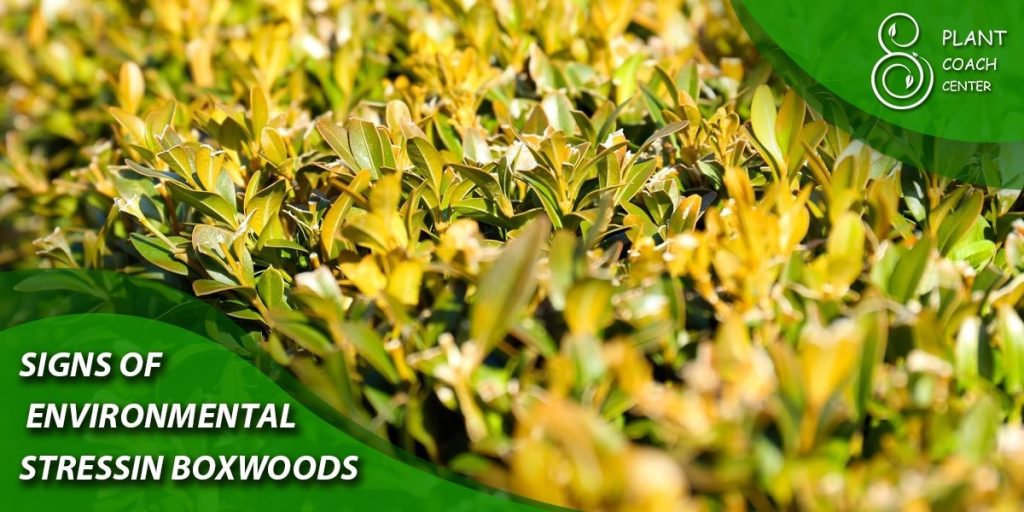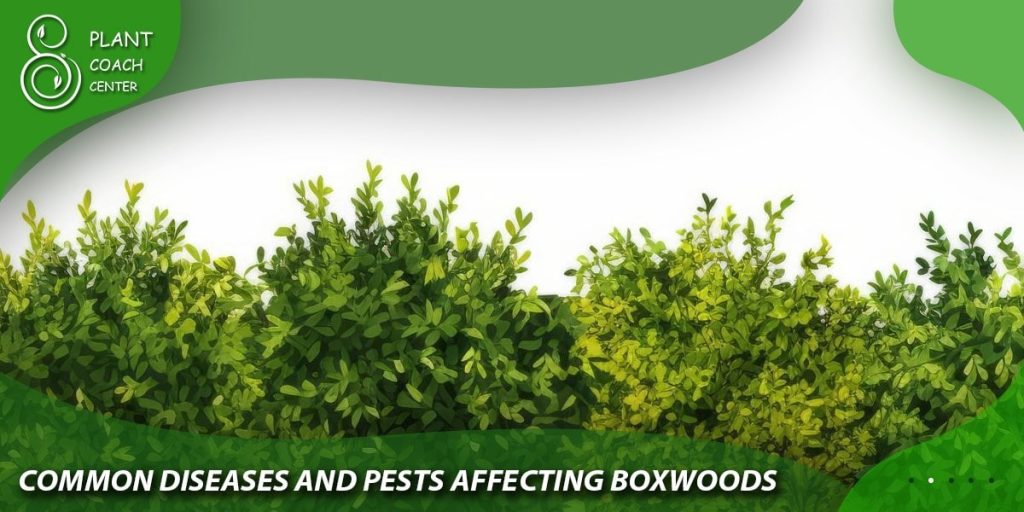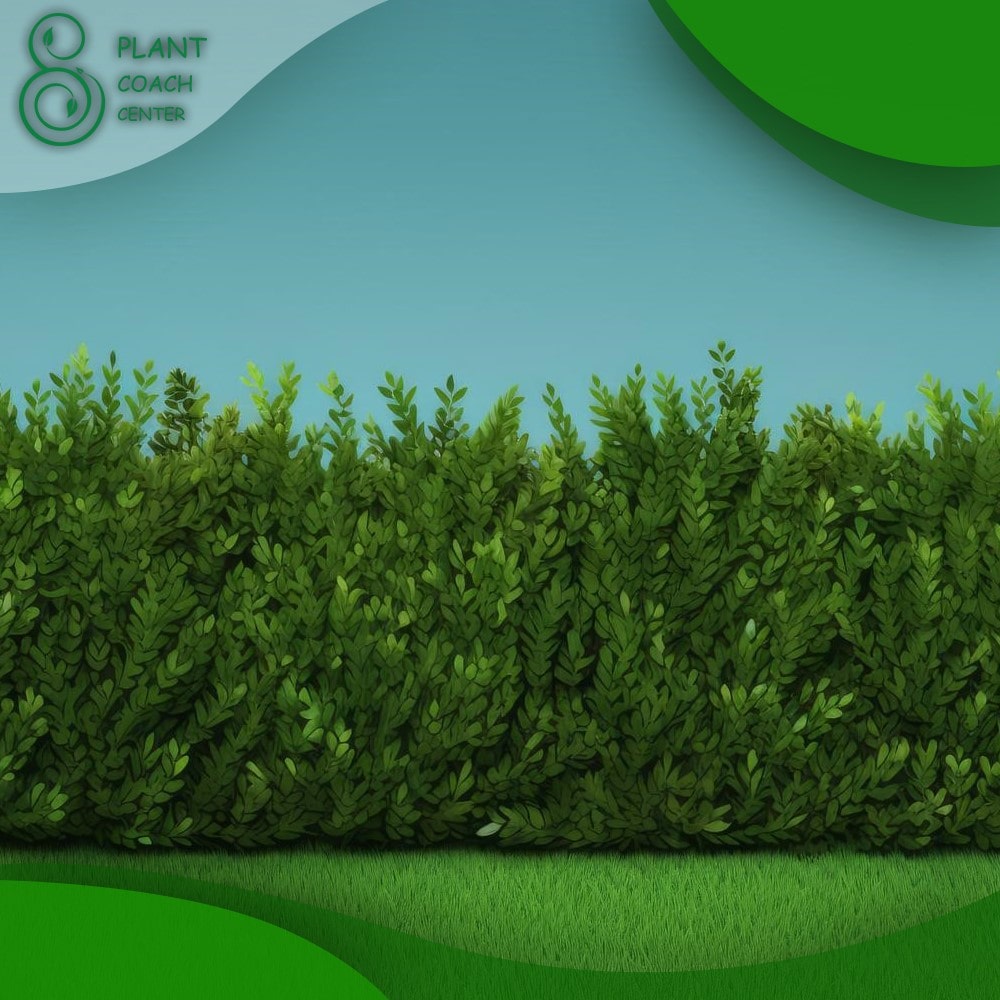When Do You Trim Boxwoods
Boxwoods, known scientifically as Buxus, are evergreen shrubs that have been a staple in landscapes for centuries. They are valued for their dense, glossy foliage and their adaptability to a variety of growing conditions. However, to maintain their health and appearance, regular pruning is necessary.
Boxwoods are a popular choice for many gardeners due to their versatility and ability to be shaped into attractive hedges or standalone features. One question that often arises is, “When do you trim boxwoods?” The answer to this question, along with other essential care tips, is detailed in this comprehensive guide.
Understanding the Growth Cycle of Boxwoods
Understanding the life cycle and growth patterns of boxwoods is crucial to knowing when and how to trim them effectively. Boxwoods have a slow growth rate, typically adding less than 12 inches of height per year. They have two primary growth spurts: one in the spring and another in late summer or early fall.
When to Trim Boxwoods
The best time to trim or prune boxwoods is during the late winter or early spring, just before the new growth begins. This timing allows the plant to recover quickly and promotes healthier, more compact growth.
Off-Season Trimming
While late winter or early spring is the ideal time, light trimming can also be done throughout the year to maintain shape and remove any damaged or diseased branches.

How to Prune Boxwoods Properly
Equipment: Use sharp, clean pruning shears or a hedge trimmer. Disinfect the tools before and after use to prevent disease spread.
Technique: Make your cuts at a slight angle, about 6mm above a leaf bud. Avoid cutting back to bare wood as this can harm the plant.
Shape: Trim the top narrower than the base so that sunlight can reach the lower branches.
Common Boxwood Problems and Solutions
Boxwoods can encounter a range of issues, from pests and diseases to environmental stressors.
Pests and Diseases
Common pests include boxwood leaf miners, spider mites, and nematodes. Diseases such as boxwood blight, root rot, and nematode disease can also occur. Regular inspection, proper watering, and treatment with appropriate pesticides or fungicides can keep these problems at bay.
Environmental Stress
Boxwoods are resilient but can suffer from environmental stressors like drought, extreme temperatures, and poor soil conditions. Ensuring proper watering, providing mulch for temperature regulation, and regular soil testing can help maintain a healthy environment for your boxwoods.
Signs of Environmental Stress in Boxwoods
Boxwoods are generally hardy plants, but like any other living organism, they can experience stress from environmental conditions. Identifying signs of environmental stress is essential in order to take corrective measures early. Below are some common signs that a boxwood is suffering from environmental stress.

Yellowing or Browning Leaves: One of the earliest signs of environmental stress in boxwoods can be a change in leaf color. While a certain amount of yellow or brown leaves can be normal, particularly in the winter, an excessive amount or a sudden change can be a sign of stress. This can be due to a variety of factors, such as overwatering, under watering, poor drainage, or exposure to extreme temperatures.
Leaf Scorch: Leaf scorch is a non-infectious condition caused by unfavorable environmental situations. It can be due to sudden changes in temperature, frost, strong winds, or too much sun exposure. The leaves may appear bleached or scorched, and this often occurs on the side of the plant facing the stressor.
Stunted Growth: If your boxwood is not growing at its usual rate, or the new growth is weak or sparse, this could be an indication of environmental stress. This could be due to inadequate light, poor soil conditions, or improper watering.
Dieback: Dieback, or the gradual death of plant shoots, branches, or roots, is often a sign of serious stress in a plant. In boxwoods, this can be caused by a range of environmental factors including extreme temperatures, drought, or poor soil conditions.
Bare Patches: If you notice that your boxwood has areas where the leaves have fallen off, leaving bare patches, this can be a sign of environmental stress. This is often a result of poor soil conditions, over or under watering, or a lack of adequate sunlight.
Root Damage: While this may not be immediately visible, if a boxwood plant is uprooted or shows signs of instability, it may be suffering from root damage. This can be caused by waterlogged soils, physical damage, or pests and diseases which may themselves be a result of environmental stress.
It’s vital to note that these signs can also be symptoms of diseases or pest infestations. Therefore, a thorough investigation is necessary to identify the cause and apply appropriate countermeasures.

Common Diseases and Pests Affecting Boxwoods
Boxwoods, while generally robust, can be subject to a number of diseases and pests. It’s important to note that the symptoms of these can often overlap with signs of environmental stress, so a careful diagnosis is crucial. Here are some of the most common diseases and pests that can affect boxwoods:
Diseases
Boxwood Blight: This is a serious fungal disease that results in leaf loss, dark leaf spots, and stem dieback. It’s highly infectious and can quickly spread across a garden.
Root Rot: Root rot is a condition caused by various types of fungi and is usually triggered by overwatering or poor drainage. The leaves may turn yellow or light green and the plant may wilt.
Volutella Blight: This is a fungal disease that causes the leaves to turn yellow and then reddish-brown before they fall off. It generally affects plants that are already weakened or stressed.
Macrophoma Leaf Spot: This fungus causes small, dark brown spots on the leaves. The affected leaves may drop prematurely.
Pests
Boxwood Leafminer: This is one of the most serious boxwood pests. The larvae of a small orange fly mine the leaves, causing them to blister and yellow.
Boxwood Psyllid: The nymph stage of this pest causes cupping of the leaves where they live and feed. This can distort the growth of young boxwoods.
Boxwood Mite: These tiny pests can cause the leaves to appear mottled. Severe infestations can lead to premature leaf drop.
Boxwood Borer: The larvae of this moth can bore into the stems causing wilting and eventual death of the plant.

Conclusion
Boxwoods are a charming addition to any garden, offering year-round color and versatility. Knowing when and how to trim boxwoods is essential to maintaining their health and aesthetic appeal. By following the guidelines outlined in this article, you can ensure that your boxwoods remain a highlight of your landscape for years to come.
Can boxwoods be trimmed in the fall?
Yes, but it's best to limit fall pruning to light shaping and removal of damaged branches. Heavy pruning should ideally be done in late winter or early spring.
How much can you trim off a boxwood?
It's generally safe to remove up to one-third of the plant's total height in a single pruning session. However, extreme pruning should be done with care and in stages.
Why are my boxwoods turning yellow?
Yellowing can indicate a variety of issues, including overwatering, poor drainage, nutrient deficiencies, or disease. It's important to identify the cause and address it promptly.
How often should boxwoods be watered?
Boxwoods prefer evenly moist soil. The exact watering frequency can vary, but generally, watering once a week should suffice. In hot or dry conditions, more frequent watering may be necessary.
Can boxwoods recover from over pruning?
Yes, boxwoods are quite resilient and can recover from over pruning. However, recovery may take several years, and during this time, the plants should be given optimal care.
Are boxwoods toxic to pets?
Yes, boxwoods contain alkaloids which can be harmful if ingested by pets. It's best to keep pets away from these plants.







